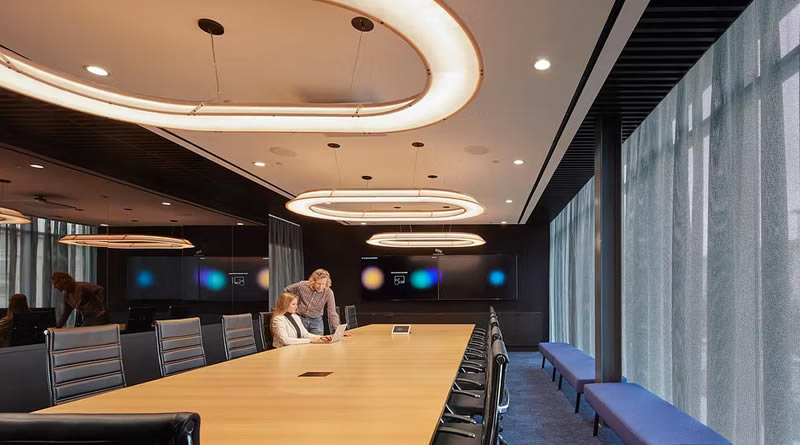Key Considerations in Lighting Design: Enhancing Spaces with Illumination
Lighting design plays a crucial role in shaping the ambiance, functionality, and visual appeal of any space. It goes beyond simply providing illumination and encompasses the art of creating captivating environments through the interplay of light and shadow. In this article, we explore the key considerations in lighting design and shed light on the aspects that designers and homeowners should keep in mind when planning their lighting schemes. By understanding these factors, we can elevate the atmosphere of our spaces and optimize the impact of lighting design.
Creating Layers of Light
One essential aspect of lighting design is the concept of creating layers of light. Instead of relying solely on a single light source, a well-designed lighting scheme incorporates multiple layers to achieve depth, balance, and functionality. These layers typically include ambient lighting, task lighting, and accent lighting. Ambient lighting sets the overall mood and general illumination of a space, while task lighting provides focused lighting for specific activities. Accent lighting, on the other hand, highlights architectural features, artwork, or focal points, adding drama and visual interest. By combining these layers, designers can achieve a harmonious and versatile lighting design.
Consider the Space and Function
When designing lighting solutions, it is essential to consider the specific space and its intended function. Each room has unique requirements and purposes, and the lighting design should align with these factors. For example, in a kitchen, task lighting is crucial to provide adequate illumination for food preparation and cooking areas. In a living room or bedroom, a combination of ambient and accent lighting creates a cozy and inviting atmosphere. Understanding the activities that will take place in the space and tailoring the lighting design accordingly ensures that the lighting serves its purpose effectively.
Color Temperature and CRI
Color temperature and Color Rendering Index (CRI) are two important factors to consider in lighting design. Color temperature refers to the perceived warmth or coolness of light and is measured in Kelvin (K). Warmer temperatures (around 2700K to 3000K) create a cozy and intimate ambiance, while cooler temperatures (around 4000K to 5000K) produce a brighter and more energizing atmosphere. CRI, on the other hand, measures how accurately light renders colors compared to natural light. A higher CRI value ensures that colors appear more vivid and true to life. Balancing color temperature and selecting light sources with a high CRI contributes to the overall aesthetic and functionality of the space.
Energy Efficiency and Sustainability
In today’s world, energy efficiency and sustainability are paramount considerations in lighting design. Opting for energy-efficient light sources, such as LED bulbs, not only reduces electricity consumption but also contributes to long-term cost savings. Additionally, incorporating lighting controls, such as dimmers, timers, and motion sensors, allows for better control and optimization of energy usage. Designing with sustainability in mind by selecting eco-friendly materials and fixtures further enhances the environmental impact of the lighting design.
Conclusion
In the realm of lighting design, attention to detail and thoughtful planning can transform spaces into captivating environments. By considering the layers of light, understanding the specific space and its function, incorporating appropriate color temperature and CRI, and prioritizing energy efficiency and sustainability, designers and homeowners can create impactful lighting designs. Whether it’s a residential setting, a commercial space, or a public area, the careful orchestration of light enhances the atmosphere, highlights architectural features, and creates memorable experiences. Let your imagination and creativity guide you as you embark on the journey of lighting design.




